Author: Christiane Wunsch
ANDY WARHOL Three Times Out
We are delighted to say that 29 drawings by Andy Warhol from DANIEL BLAU are being shown at the Hugh Lane Gallery, Dublin, as part of the new exhibition, “Andy Warhol: Three Times Out”.
Featuring over 250 works borrowed from museums and collections in the USA, Canada, Europe, and the Warhol Museum in Pittsburgh, this exhibition sheds light on the artist’s extraordinary approach to the relationships between fine art, consumerism, and popular culture.
The exhibition is now open; tickets are on sale via this link: Buy tickets
Hugh Lane Gallery
Charlemont House
Parnell Square North
Dublin 1
D01 F2X9
Ireland
exhibition dates:
06 October, 2023 – 28 January, 2024
Opening hours:
Mon Closed
Tues to Thurs 9:45 am – 6:00 pm
Fri 9:45 am – 5:00 pm
Sat 10:00 am – 5:00 pm
Sun 11:00 am – 5:00 pm
Images by Denis Mortell Photography
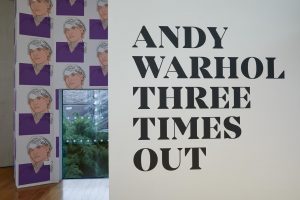
Paris
The Occupation of Paris during World War II was a dark and harrowing time for the city and its people. For four years, Paris was under Nazi control, and the citizens endured hardship, deprivation, and constant fear. However, on August 25th, 1944, Parisians rose up against the occupying forces in what became known as the Liberation of Paris. The city was finally freed, and the resistance fighters, alongside Allied Forces, marched triumphantly through the streets.
The events of that historic day were captured by several photographers, providing a vivid and powerful representation of the city’s liberation.
Amongst them, those working for LIFE Magazine, are the focus of this exhibition.
Exhibition Dates:
exhibition at Galerie Meyer:
17, rue des Beaux-Arts
75006 Paris – France
Vernissage:
November 2, 2023
2:30 pm – 9:00 pm
Public Exhibition:
November 3 – 25, 2023
opening hours:
tuesday to friday
2:30 pm – 6:00 pm
and
saturdays
11:00 am – 1:00 pm,
2:30 pm – 7:00 pm
Download press release

FISH HOOKS OF THE PACIFIC ISLANDS VOL II
The Pacific is the single largest contiguous ‘place’ on earth, sprawling across a third of its surface.Without the fish hook, the settlement of the Pacific Islands over the last 2,000 years would have been impossible.
For us, these works of art are significant, eloquent witnesses to a rich and bygone universe of cultures. The task of preserving them, of tracing and describing their histories and origins, and of passing those stories on to new generations around the world,is as wonderful a calling as any lover of art could hope to be presented with.
This limited-edition book is the ultimate resource on the fish hooks of the Pacific Islands. More than 450 fish hooks and dozens of related objects are presented here in their true size (1:1) for the very first time, spread across more than 450 pages and more than 80 full-page or fold‑out plates, and accompanied by over 220 color and 75 monochrome accessory illustrations, 45 photos of people and islands, 50 maps, and comprehensive expert commentary.
Foreword and texts by Daniel Blau and Klaus Maaz.
Essays by Anthony JP Meyer and Sydney Picasso.
30×25 cm, hardcover with embossing and dust cover.
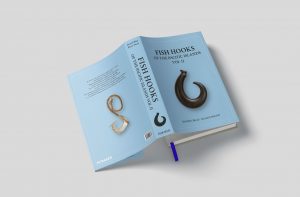
Daido Moriyama
DANIEL BLAU is pleased to present an exceptional exhibition of 23 new paintings Japanese artist Daido Moriyama based on photos he took in 1971 in New York City. (b.1938, Osaka, Japan).
Over the course of his 60-year long career, the renowned Japanese artist, Moriyama, has documented his immediate surroundings, analyzing the society of post-war Japan along the way. He has significantly changed the way we perceive photography – and even called the very medium into question himself.
His diverse œvre is shaped by his many publications and largely comprises traditional photographs, installations and silkscreen prints. With focus on bold contrast, Moriyama’s unmistakeable visual language was influenced by Andy Warhol.
Moriyama’s work between 1968 and 1972 is characterized by depth and density, the result of his talent feeding off the cultural pulse of the time. Photography was omnipresent, both in the press and in advertising.
These 2023 works in bronze and black are devoted to the themes of mass media, consumer society and everyday life and are based on early photographs taken by the artist in New York City in 1971. Of the city, Moriyama said:
“My favourite city: New York. I have no doubt that I like it even more than Tokyo. Somewhere hidden in it is a strange kindness and sadness, Sometimes when I want to remember the person I love, I think of the lights of New York. Since I’m afraid to travel by plane, it’s a great pity that even if I wanted to, I can’t just fly there right now.“
During his time there, Moriyama manipulated his camera such that each negative image could take two single exposures, each half the size of a regular 35mm negative. Now, these pairs of images are combined onto single canvases, creating a kind of “multifaceted reality” typical of Moriyama’s style from this period, which embodied the concept of are, bure, bokeh – meaning grainy, blurred and out of focus.
Exhibition Dates:
September 5 – October 12, 2023
11am – 6pm | mon – fri
Maximilianstraße 26, 80539 München
The works in the exhibition are for sale. Please contact us for availability and prices.
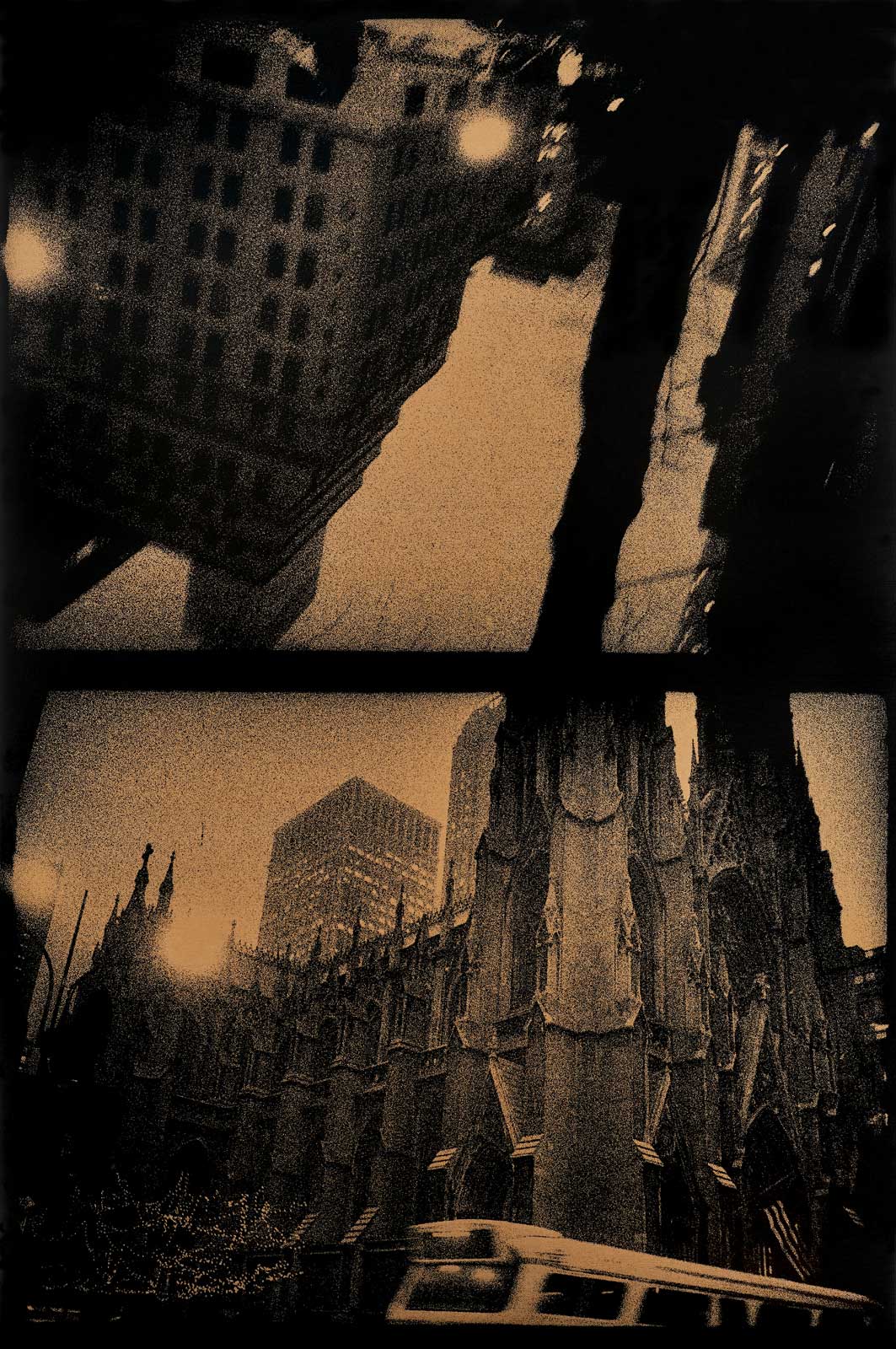
DANIEL BLAU, is pleased to present for the first time in this new Open Art Edition, an exceptional exhibition of 23 paintings by the famous Japanese artist Daido Moriyama.
A few words about Daido Moriyama:
Born in 1938 in Osaka, Japan, Moriyama has significantly changed the way we see photography over the course of his 60-year career. With his camera, he has not only documented his immediate surroundings and artistically analyzed the society of post-war Japan, USA, but also questioned the photographic medium itself. His unmistakable visual language is just as legendary as his numerous publications, which play a central role in his work.
Moriyama’s diverse oeuvre, very much focused on strong contrasts and inspired by Andy Warhol, comprises above all traditional photographs, installations and silkscreen prints. Between 1968 and 1972, Moriyama created works of great density. His talent was enhanced by the cultural pulse of the time. Photography was omnipresent, in the press and in advertising.
With the themes of mass media, consumer society and everyday life, the 2023 works in gold bronze and black are based on early photographs Moriyama took in New York City in 1971 and reused here on canvas. Through his images, he creates a kind of “multifaceted reality”.
Why this fascination with New York? A quote from Moriyama explains it best:
“My favorite city: New York. I have no doubt that I like it even more than Tokyo. Somewhere hidden in it is a strange kindness and sadness. Sometimes when I want to remember the person I love, I think of the lights of New York. Since I’m afraid to travel by plane, it’s a great pity that even if I wanted to, I can’t just fly there right now”.
During his visit to New York City in 1971, Moriyama manipulated his 35mm camera in such a way that each negative image could take two single exposures half its size. The larger and fuzzier graininess of the resulting image is part of the desired pictorial effect.
The images in the exhibition are not simple reproductions of one or the other photograph: under the motto grainy, blurred out of focus (are, bure and boke), Moriyama has combined the successive negatives, one on top of the other, to form a single image and joined them together on a common, vertical, canvas.
Exhibition Dates:
35. Open Art:
September 8 – 10, 2023
presented by Initiative Münchner Galerien zeitgenössischer Kunst
11am – 6pm | mon – fri
Maximilianstraße 26, 80539 München
SPECIAL GUIDED TOUR:
Saturday 8th, 2023
Meeting point:
from 3pm at Daniel Blau, Maximilianstr. 26
Tickets:
from the guide
Duration:
approx. 2 hours
Costs:
15,- € per person, pupils and students 10,- €
Children up to 14 years free
Registration required:
info@muenchner-galerien.de
Tel. +49 (0) 89 288 08 509
Find more information about guided tours here

Art Basel Review
2023
Exhibition: July 18 – August 31, 2023
11am – 6pm | mon – fri
Maximilianstraße 26, 80539 München
All illustrations are available for purchase. Prices upon request.

Art Basel 2023
For ART Basel 2023, and the second part of the jubilee celebration for over 30 years of Blau at ART Basel, we are pleased to present a rich selection of renowned European and American artists. The online exhibition will include outstanding works by Ottone Rosai, Georg Baselitz, Antonius Höckelmannm Llyn Foulkes, Julian Schnabel, George Condo, Elaine Sturtevant and Hans Arp.
We look forward to seeing you in Basel.
Fair Dates:
Vernissage:
Wednesday, June 14, 2023
5 pm – 8 pm
Public Days:
June 15 – 18, 2023
11 am – 7 pm
Booth E15
Messeplatz 10
4005 Basel
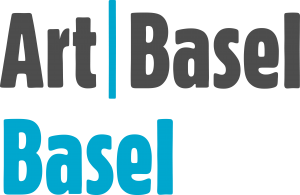
George Grosz
Drawings 1913 – 1916
Exhibition: March 7 – April 18, 2023 ! Extended until June 15, 2023 !
11am – 6pm | mon – fri
Maximilianstraße 26, 80539 München
All illustrations are available for purchase. Prices upon request.
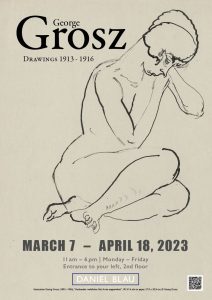
The Daguerreotype initially took over from silhouette paper cutting (Scherenschnitt) and portrait painting and drawing
Precious Pictures The Daguerreotype-Memento
When we speak of Daguerreotypes, we are referring to the earliest photographs, those made possible through the process advanced by and named after the Parisian Louis-Jacques-Mandé-Daguerre (1787-1851). The process saw a silver-coated copper plate exposed to iodine fumes, thereby creating a light-sensitive layer of silver iodide. The next step was to expose the copper plate to light from within a camera obscura. The plate – for the time being still looking exactly the same as it did before exposure – would be removed from the darkened box of the camera obscura and exposed to mercury fumes. At this point the picture was developed and visible to see; bathing the plate in a saline solution, then washing and drying it, would fix that picture permanently to the plate. Each daguerreotype was a completely unique item, not capable of further reproduction. The heritage of the invention extends beyond Daguerre himself – he made use of various physical, optical, and chemical laws and properties that were already known and understood. The camera obscura, for instance, had been in use as an aid for creating perspective drawings since the fifteenth century. The photosensitive properties of silver salts had been discovered by the German medical doctor Heinrich Schulze at the beginning of the eighteenth century. Even the photographic process itself was already known to science, thanks to Joseph Nicéphore Niépce. Niépce developed a method that required an exposure time lasting hours; thanks to Daguerre’s invention, that could be reduced to mere minutes.
Bodo von Dewitz and Fritz Kempe, Daguerreotypien. Ambrotypien und Bilder anderer Verfahren aus der Frühzeit der Photographie. Document of Photography 2, Museum für Kunst und Gewerbe Hamburg, 1983. p. 31
In a lecture at the Academy of Sciences and Fine Arts in Paris on August 19, 1839, the physicist François Dominique Arago at last announced the final details of the technical process that he had been involved in developing. With Daguerre, who gave his name to the first widely available and practical photographic process, a centuries-old scientific dream had come true. Daguerre had presumably begun the relevant experiments in 1825. Niépce and Daguerre had agreed to share the financial windfall of their research, should it prove successful. Arago, Daguerre and Niépce’s son – his father having, in the meantime, passed away – offered the invention to the French government in exchange for the payment of a lifelong pension. The French state bought the patent and released it to the public as a generous gift “à tout le monde.” Daguerre took his pension – 6,000 francs per annum – and retired to a private life in the countryside, where he died in 1851.
Volker Jakob, „Menschen im Silberspiegel: Die Anfänge der Fotografie in Westfalen.“
In Aus westfälischen Bildsammlungen, Vol. 1, ed. Wolfgang Linke, Eggenkamp Verlag, Greven, 1989. p. 11-12
When the process was made public, news reports began flying off the presses around the world, and a genuine ‘daguerreotype fever’ broke out in Paris. Contemporary reports speak of countless enthusiasts crowding the squares and streets with the first Daguerreotype cameras in hand. The demand for the devices seems to have been so great that production wasn’t able to keep pace. Some amateur photographers even attempted to create homemade versions. The Daguerreotype initially took over from silhouette paper cutting (Scherenschnitt) and portrait painting and drawing. Anyone could have life- like portraits of family and friends. This kind of memento gave rise to the fame and the propagation of the Daguerreotype. The metropolis of Berlin was the new art form’s first center in Germany, playing its part in ensuring the Daguerreotype method’s continuing spread and dissemination. Readers wanted new information and news reports constantly, and the press gave its all to keep its readers satisfied. Daguerreotype chemicals and the associated tools were readily available, supporting the experimentation of early photographers.
Jochen Voigt, Der gefrorene Augenblick. Daguerreotypien in Sachsen 1839-1860. Chemnitz, 2004. p. 13
All photographs are available for purchase. Prices upon request. For further information please send an email to: contact@danielblau.com
All offers are noncommital. We cannot guarantee the items are still available on request.
Other Diversions
How was it made? The Daguerreotype by Victoria & Albert Museum Daguerreobase Dark Valley Das finstere Tal Daguerreotype | Le Secret de la Chambre Noire
Writings on the Daguerreotype | Photoinstitut Bonartes (Albertina)

“Anonymous Portrait”, 1850s,
daguerreotype,
6,1 (9,5) x 5,0 (8,2) cm, ©Daniel Blau, Munich
NASA photographs
The unbelievable happened in 1969. A spacecraft crewed by humans touched down on the moon. Even now, the moon landing, and the missions into space that led up to and succeeded it, retain their fascination for us. A curation of high-quality images, both in color and in black-and-white, are presented here as kaleidoscopic insight into the NASA missions of the late 1960s and ‘70s they document. It could be that even the photo-enthusiast public sees little special, today, in space photography, overwhelmed as it is by countless satellites sending back high-resolution glimpses into the cosmos.
If we cast our thoughts back some 60 years, though, NASA’s photographs appear again in new light: the surface of the moon recorded by man, the earth photographed for the first time from that lunar surface, heavily historic and phenomenal images. From a scientific perspective, of course, these missions, of an era already receding into memory, gained mankind a wealth of new information and ways of understanding the universe around us. The stillness, though, the endless quiet of these photographs, the play of light and shadow on another world and beyond our ken, the colors glistening off the horizons of other planets and into boundless space – these are artworks, pure, and fascinating moments in the history of photography.
Exhibition: January 10 – February 23, 2023
11am – 6pm | mon – fri
Maximilianstraße 26, 80539 München
All images are available for purchase. Prices upon request.





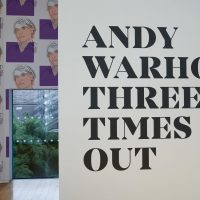
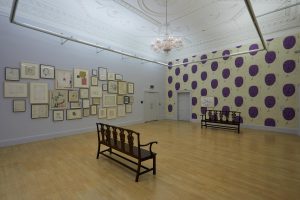



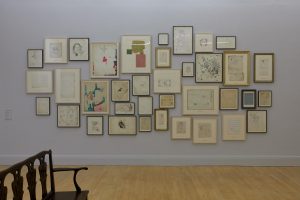
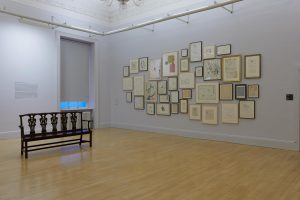
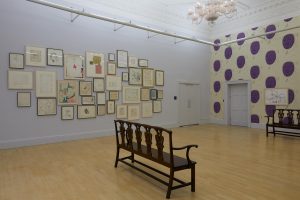

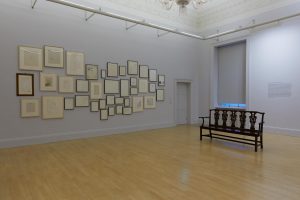

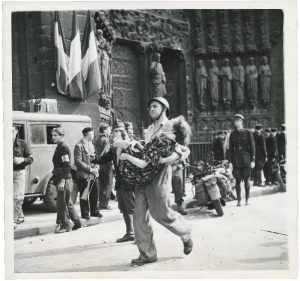
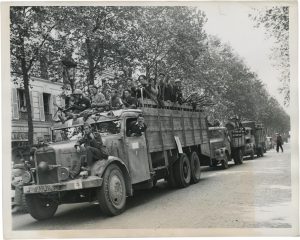
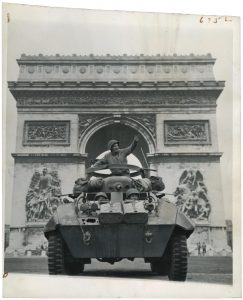
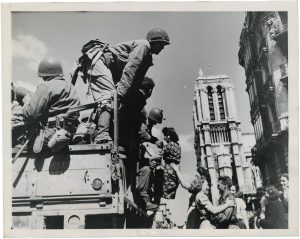

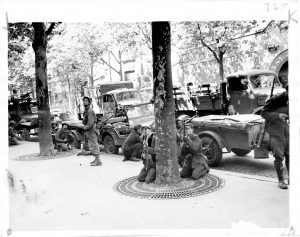

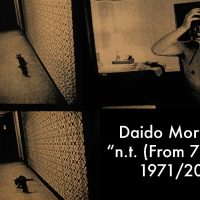
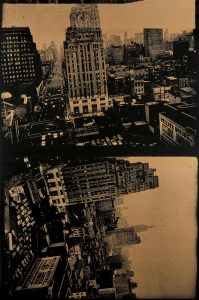
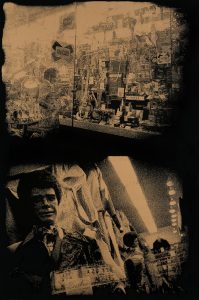
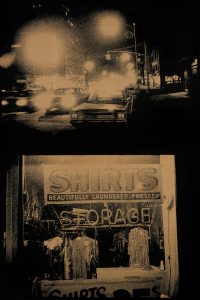
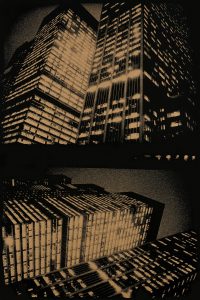

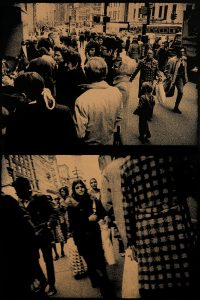

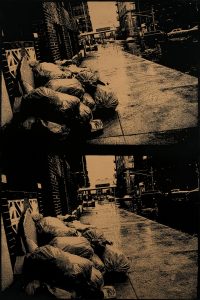

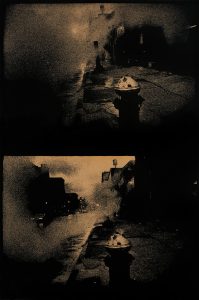


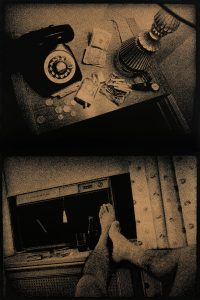


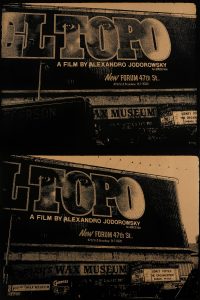
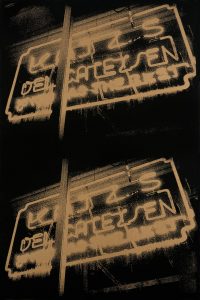

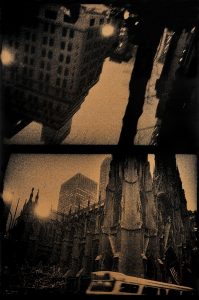
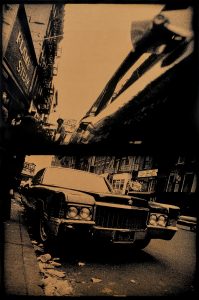

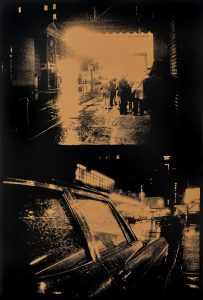
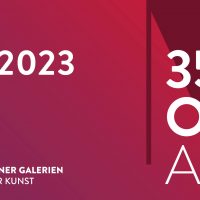

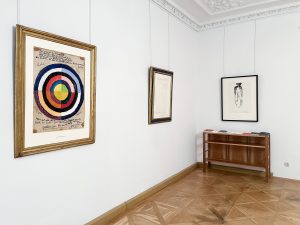
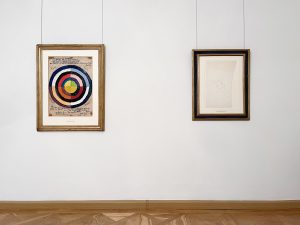
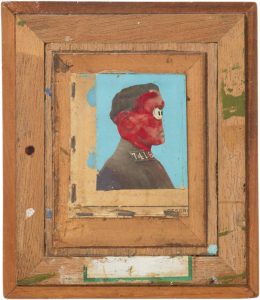

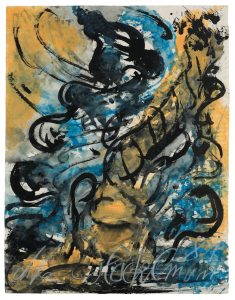
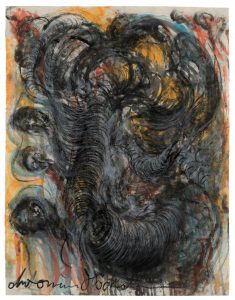
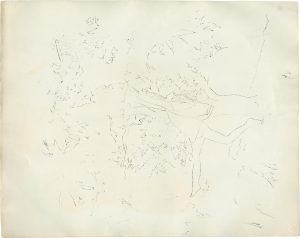
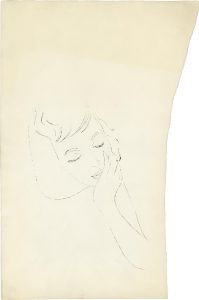
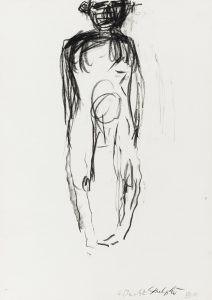
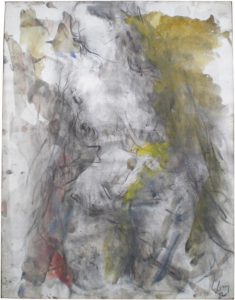
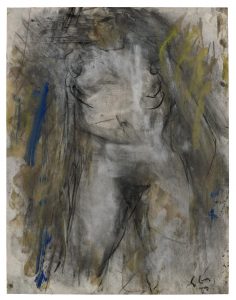

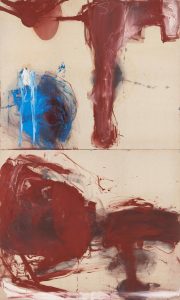


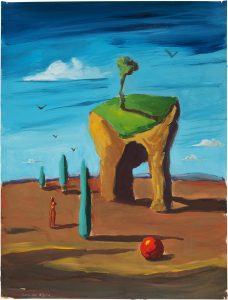
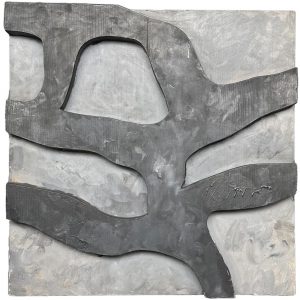



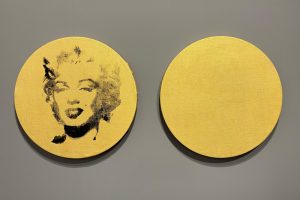
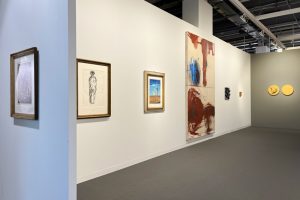
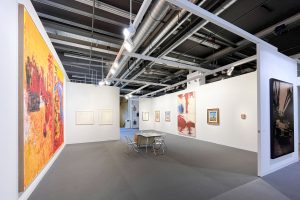
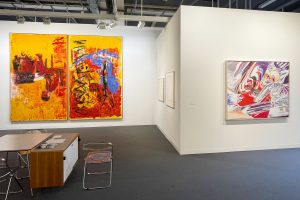
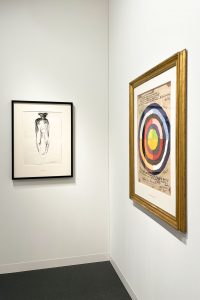
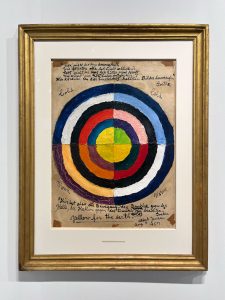

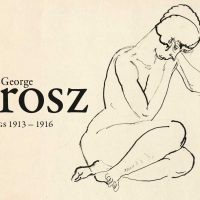



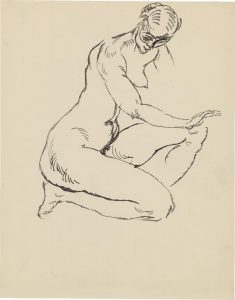


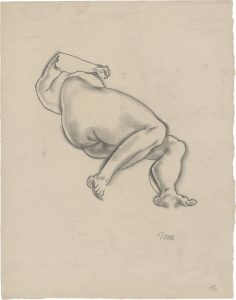
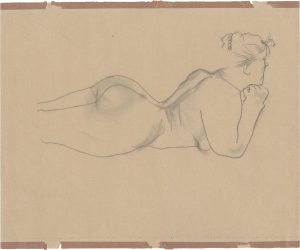
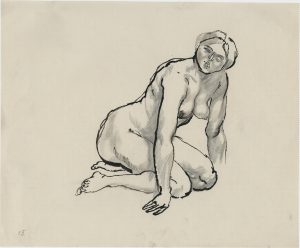
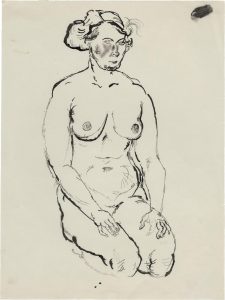
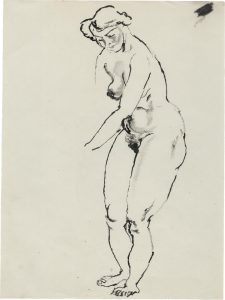
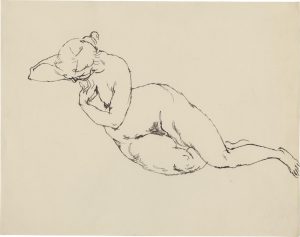
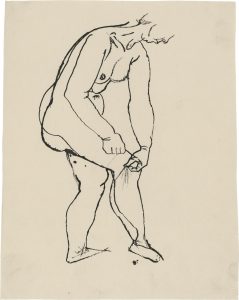
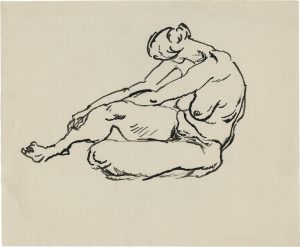
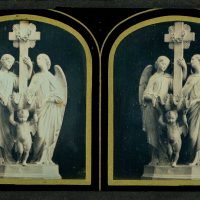
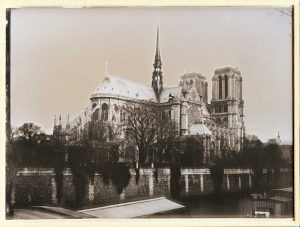


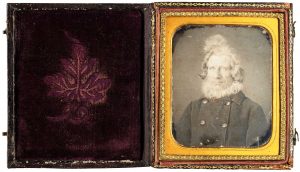


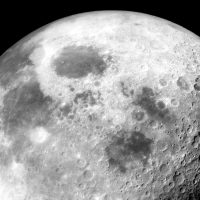


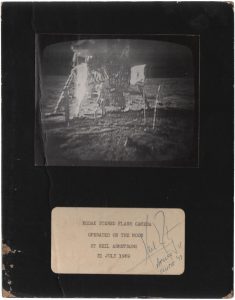
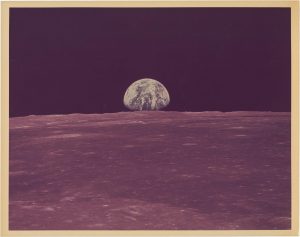


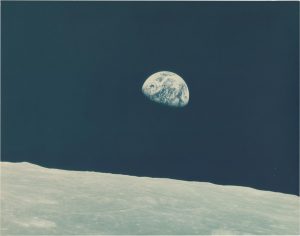
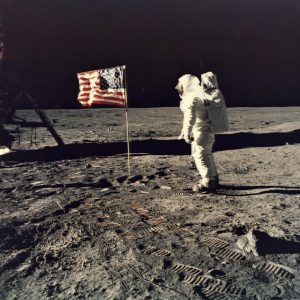
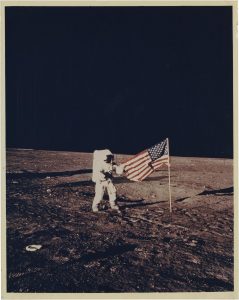

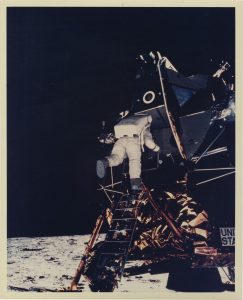
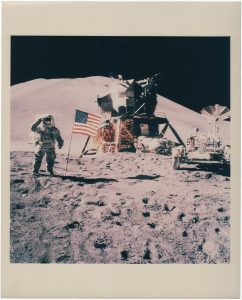
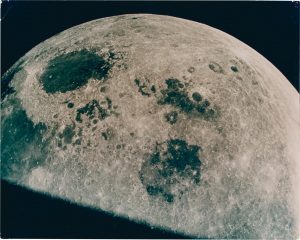
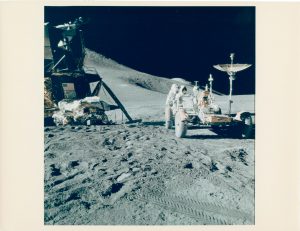


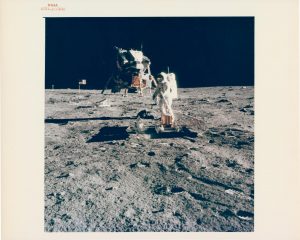
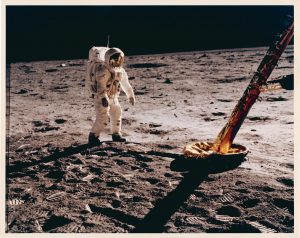

 +49 89 29 73 42
+49 89 29 73 42